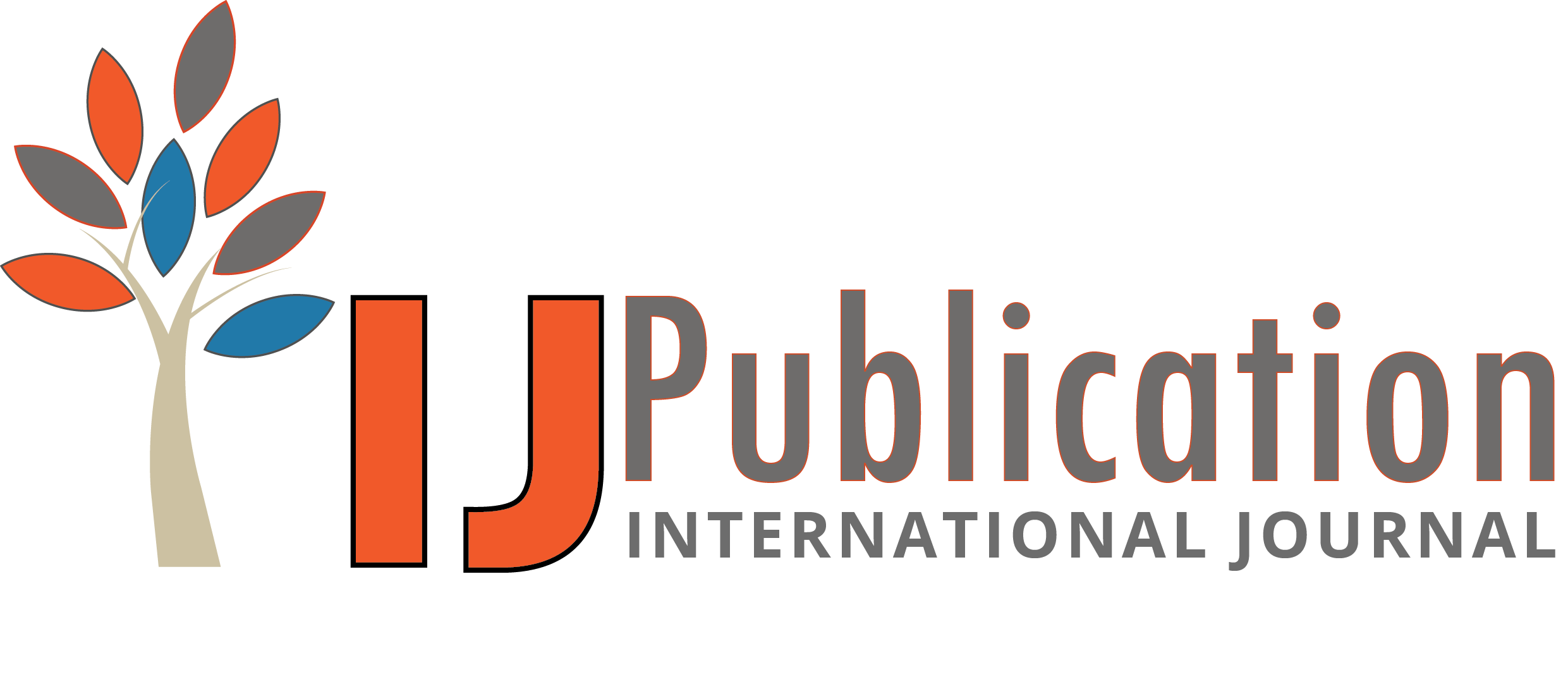Neelam Gupta Reviewer
05 Nov 2025 04:49 PM
 Approved
Approved
Relevance and Originality
The research article presents a highly relevant and forward-thinking exploration of artificial intelligence in special education, a field where technology has the potential to bridge accessibility and learning gaps. It stands out for addressing both the technological and pedagogical dimensions of AI applications, showcasing their transformative influence on personalized learning and inclusion. The originality lies in combining adaptive algorithms, cognitive assessment, and assistive tools within a single analytical framework, highlighting AI’s potential to reshape educational support for students with diverse learning needs artificialintelligence specialeducation adaptivelearning assistivetechnology inclusion personalization.
Methodology
The study adopts an evidence-based approach, synthesizing findings from multiple implementation studies across educational contexts. The methodology effectively evaluates how AI tools enhance engagement and academic outcomes through data-driven customization and real-time feedback. The systematic comparison between traditional methods and AI-driven interventions adds credibility and depth. However, further detailing the experimental design, such as sample sizes or evaluation parameters, could enhance methodological transparency and replicability researchdesign datadrivenlearning comparativeanalysis assessmentframework implementationevaluation.
Validity & Reliability
The findings appear conceptually sound and empirically supported, demonstrating measurable improvements in learning outcomes and accessibility. The discussion of improvements in reading and mathematics reinforces the validity of the results. Reliability is strengthened by the inclusion of diverse contexts and consistent outcomes across different learner profiles. Addressing potential limitations related to data bias or contextual variance would provide even stronger reliability validation consistency reliability dataprivacy empiricalevidence reproducibility.
Clarity and Structure
The article is well-structured, presenting ideas clearly and cohesively from problem identification to ethical implications. The progression from technological overview to educational outcomes and policy insights maintains a logical and engaging flow. The writing is balanced and accessible, making complex topics comprehensible without oversimplification. Adding visual summaries or conceptual diagrams could further enhance clarity for readers across interdisciplinary domains organization readability coherence conceptualflow clarityofpresentation.
Result Analysis
The analysis effectively highlights AI’s capability to personalize instruction, enhance accessibility, and improve academic performance while addressing ethical and policy considerations essential for equitable educational innovation.








Neelam Gupta Reviewer